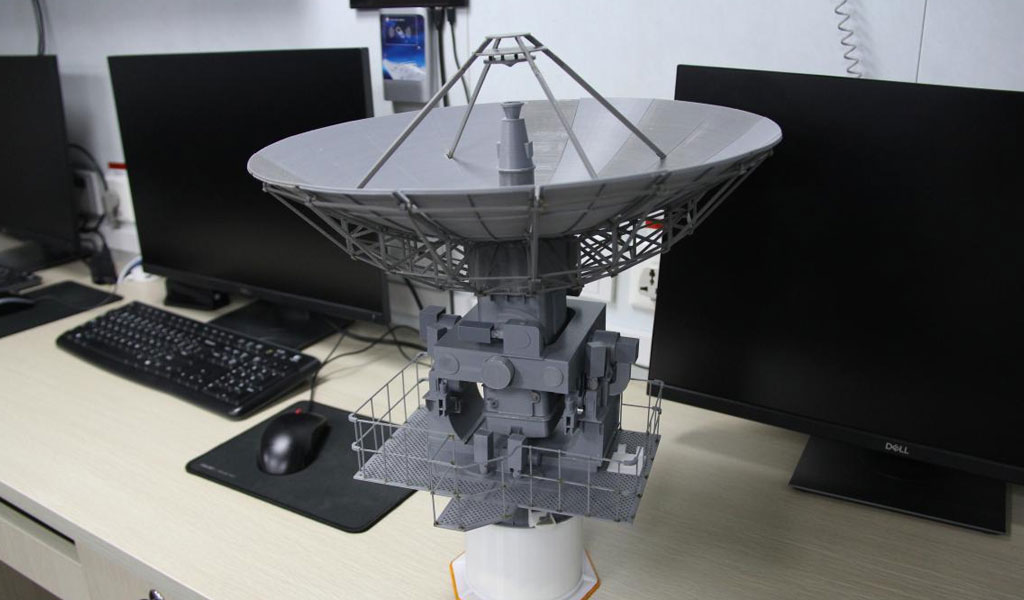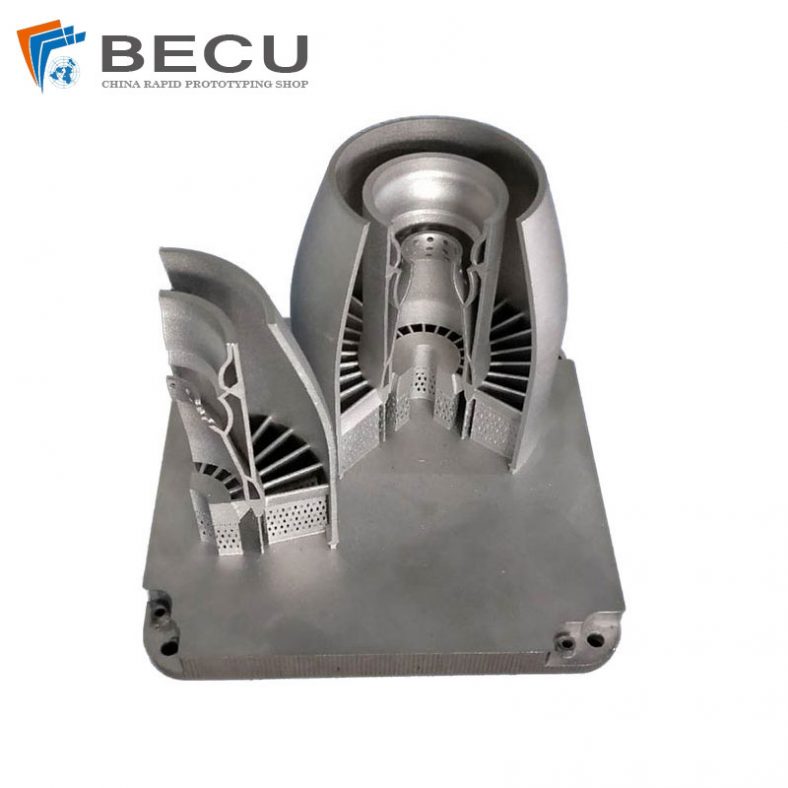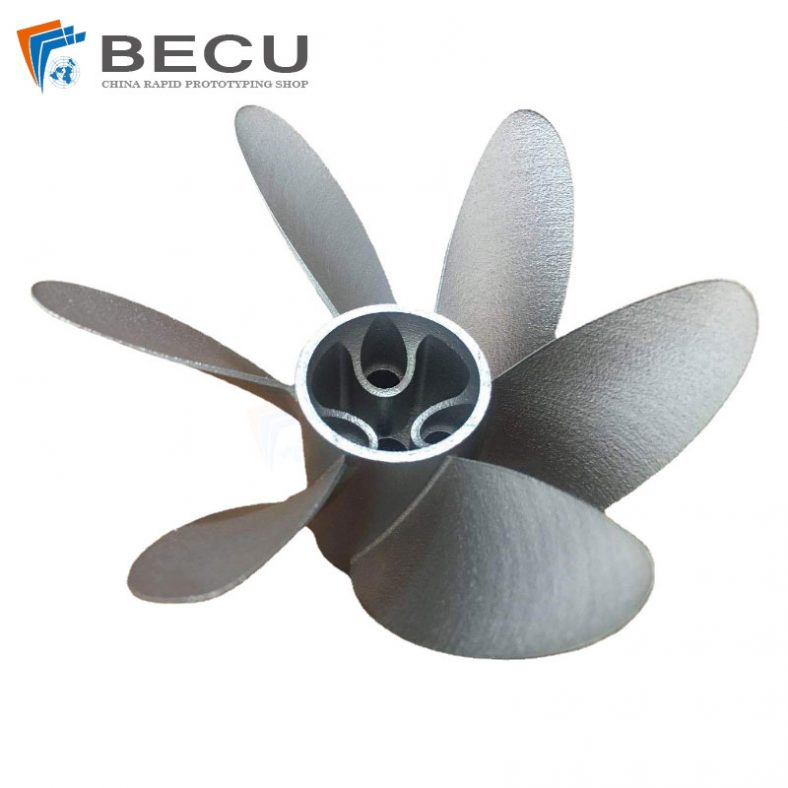
3d Printing In The Aerospace Industry
In recent years, additive manufacturing, commonly known as 3D printing, has emerged as a disruptive force in various industries. One sector where it has shown significant promise is aerospace manufacturing. The ability to produce complex components with reduced weight and increased efficiency has made 3D printing a game-changer for aircraft production.
Traditional methods of manufacturing aircraft parts involve processes such as aerospace machining, casting, and forging, which can be time-consuming and costly. Additionally, these methods often result in material waste and limitations in design complexity. 3D printing offers a revolutionary alternative by building components layer by layer directly from digital designs, enabling intricate geometries and customization without the need for expensive tooling.
One of the earliest adopters of 3D printing in aerospace was NASA, which utilized the technology to produce lightweight components for spacecraft. As the technology matured and became more accessible, aerospace manufacturers began integrating 3D printing into their production workflows. Today, major players in the industry, including Boeing, Airbus, and Lockheed Martin, are leveraging 3D printing to fabricate a wide range of aircraft parts, from structural components to engine parts and even entire cabin interiors.
Applications of 3D Printing in Aerospace & Aircraft
The versatility of 3D printing has led to its widespread adoption across various applications in aerospace manufacturing:
1.Structural Components
Structural components form the backbone of an aircraft, providing support and stability during flight. With 3D printing, engineers can produce intricate structural elements that are both lightweight and durable. Examples of structural components that can be 3D printed include:
- Fuselage Frames: The fuselage is the main body of an aircraft, housing passengers, cargo, and vital systems. 3D printing allows for the fabrication of fuselage frames with complex geometries, reducing weight while maintaining structural integrity.
- Wing Ribs: Wing ribs provide the internal structure of an aircraft’s wings, supporting the aerodynamic forces during flight. By utilizing 3D printing, engineers can create lightweight ribs with optimized airflow characteristics, enhancing fuel efficiency and performance.
- Landing Gear Components: Landing gear must withstand substantial loads during takeoff, landing, and taxiing. 3D printing enables the production of landing gear components with superior strength-to-weight ratios, improving overall aircraft performance and reducing maintenance requirements.
2.Engine Parts
The propulsion system is the heart of an aircraft, generating the thrust necessary for flight. 3D printing offers numerous advantages in the manufacturing of engine parts, including:
- Turbine Blades: Turbine blades are subjected to high temperatures and pressures within the engine core. 3D printing allows for the fabrication of intricate cooling channels and advanced alloys, enhancing thermal performance and extending component life.
- Combustion Chambers: Combustion chambers play a critical role in the combustion process, providing the environment for fuel ignition and combustion. With 3D printing, engineers can design and produce combustion chambers with optimized flow dynamics and heat transfer properties, improving engine efficiency and emissions performance.
- Exhaust Components: Exhaust components must withstand extreme temperatures and corrosive gases emitted during engine operation. 3D printing enables the production of exhaust components with complex geometries and heat-resistant materials, enhancing durability and reliability.
3.Interior Components
In addition to structural and engine parts, 3D printing offers opportunities for innovation in aircraft interior design and customization. Examples of interior components that can be 3D printed include:
- Cabin Interiors: From overhead bins to seat components, 3D printing allows for the customization of cabin interiors to meet the specific needs and preferences of airlines and passengers. Lightweight, durable, and aesthetically pleasing cabin fittings can be produced with minimal material waste.
- In-Flight Entertainment Systems: In-flight entertainment systems are an integral part of the passenger experience. 3D printing enables the production of sleek, ergonomic, and integrated entertainment system components that enhance comfort and convenience during flight.
- Galley Equipment: Galley equipment, such as food service carts and beverage dispensers, can be 3D printed to optimize space utilization and functionality. Customized galley solutions can improve efficiency and enhance the overall passenger experience.
Aerospace 3D Printing – 3D Printed Aircraft & Airplane Parts
Be-Cu Rapid Prototyping Company owns a series of SLM metal 3D printers including JG-S180, JG-S300, JG-S255, all equipped with the capability to 3d print various metal materials. Not only can they 3d print aluminum alloy materials, but they can also successfully print stainless steel, high-temperature alloys, titanium alloys, high-entropy alloys, and other metal materials. Through 3D printing technology, complex metal aerospace products that are difficult or even impossible to manufacture using traditional methods can be directly produced, with a density reaching up to 99.98%. This can effectively improve the utilization rate of metal materials, reduce manufacturing costs, and provide metal components with high precision, high strength, and high corrosion resistance.
For non-metal 3D printed products, Be-Cu Rapid Prototyping Company also offers diversified solutions. SLA molding services can produce non-metal components with complex shapes and excellent performance. These components are characterized by lightweight, high efficiency, and customization, fully meeting the strict quality and performance requirements of the aerospace industry.
Established in 1995 and with 30 years of development, Be-Cu Rapid Prototyping Company has accumulated deep professional knowledge and strong technical strength in both metal and non-metal applications of 3D printing. They are fully committed to assisting the aerospace industry in meeting the demands for high-performance, high-quality, and high-efficiency production.
Why Choose Our Aircraft 3D Printing Service?
- Save time and money for your aircraft project but quality guaranteed.
- High productivity, outstanding efficiency and high accuracy
- A wide range of material grades and alloy materials can be machined
- Custom complex aircraft 3d printed parts and components at specific tolerances
- Quality 3d printing for prototyping and low to high volume production runs


Certifications & Quality 3D Printing
- ISO 9001:2015 certified
- Fully compliant with the exacting requirements of our customers
- Compliance in DFARS materials sourcing requirements
- Strict compliance with PPAP and Process
- FMEA for automotive customers
- Skilled in KanBan and CMM Inspection and inventory management systems
- ITAF 16949 certified
Top China 3D Printing Aircraft & Airplane Parts & Components
With the continuous maturity and development of 3d printing technology, more and more aircraft & airplane manufacturers have introduced this technology for prototype testing, design proofing, parts customization and other applications. By exploring our success stories, you can learn about: the development of 3d printing in the aircraft industry, the application of 3d printing in aircraft molds, how 3d printing changes the aircraft manufacturing supply chain, and more.



